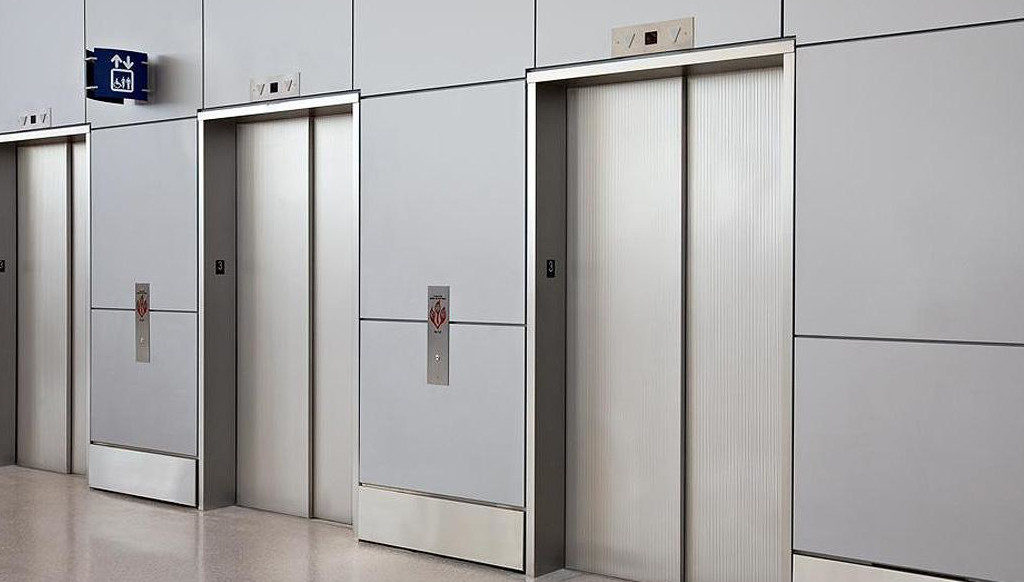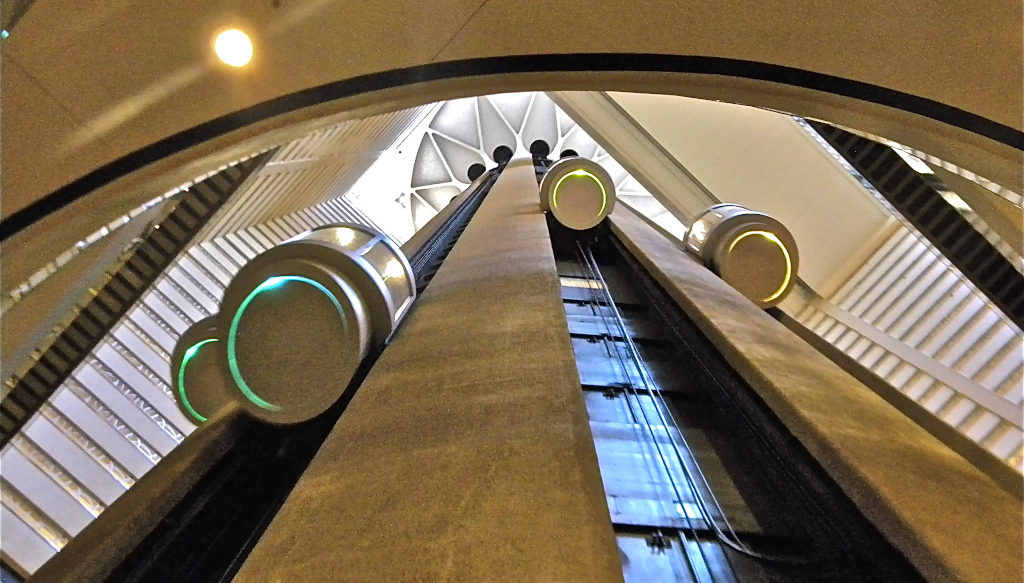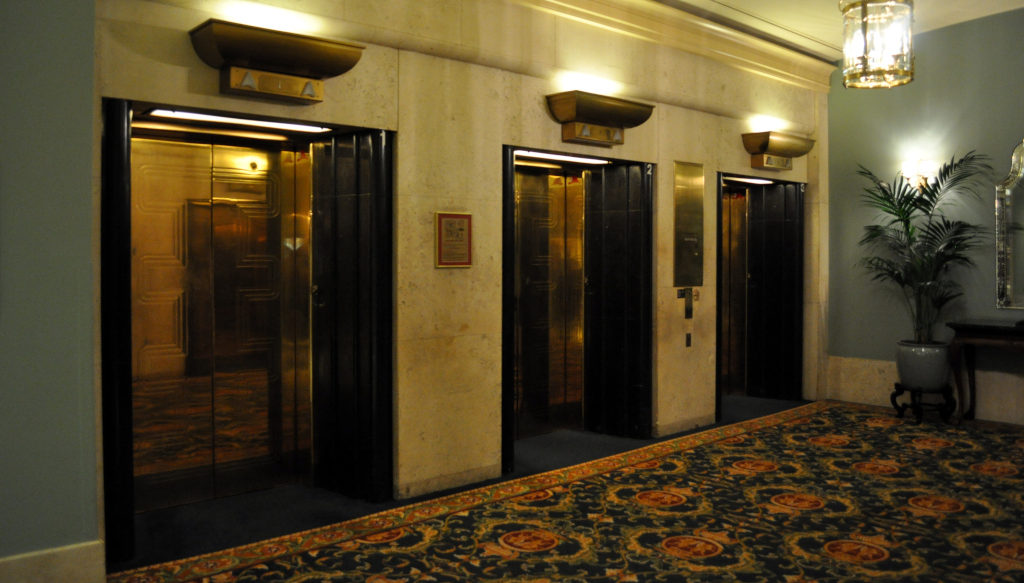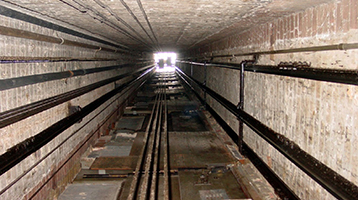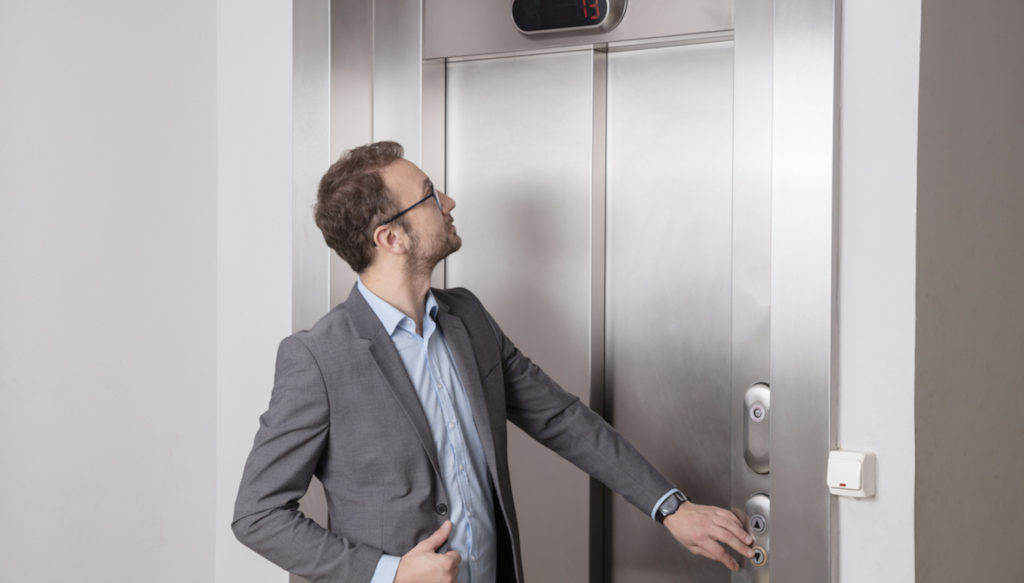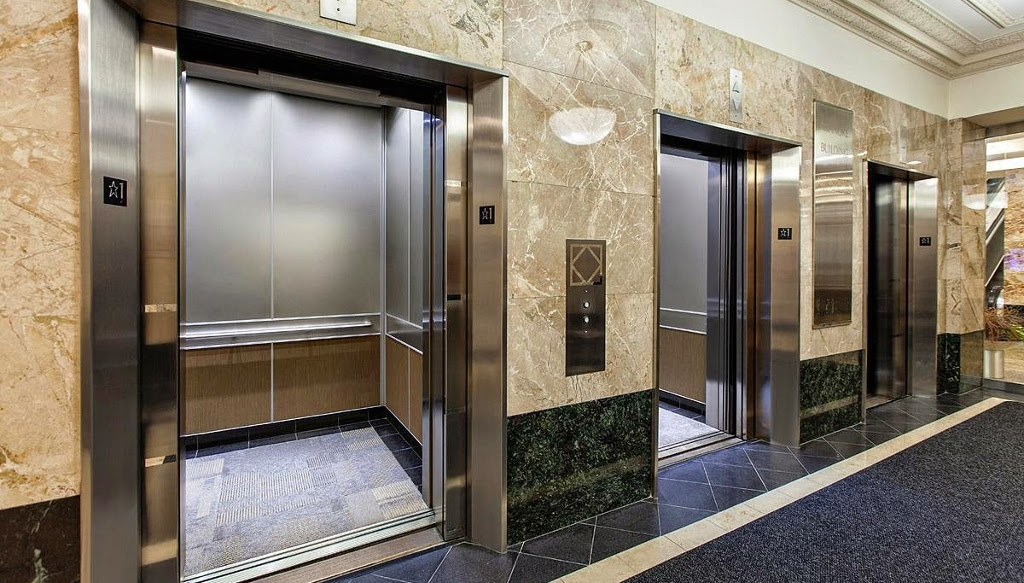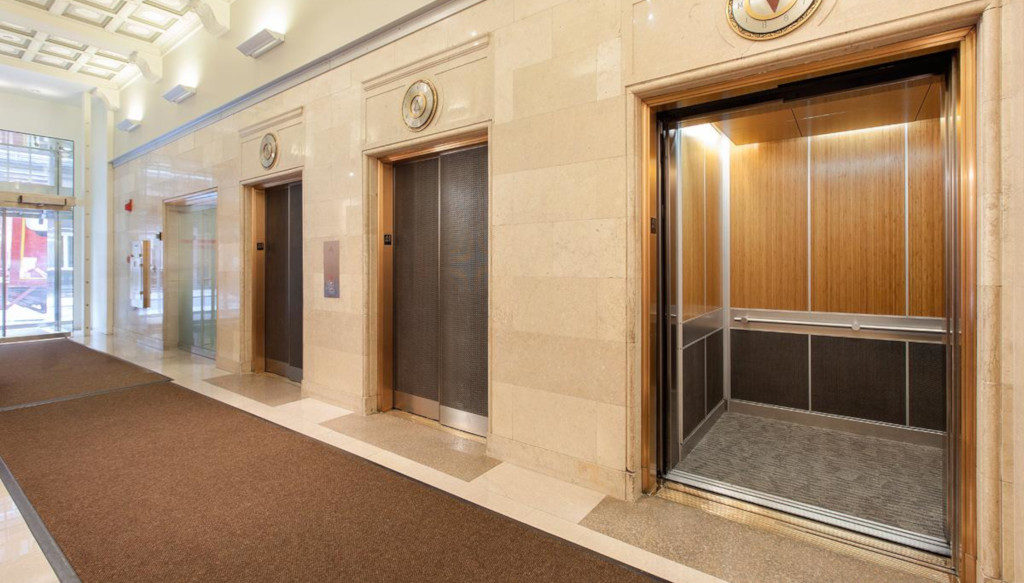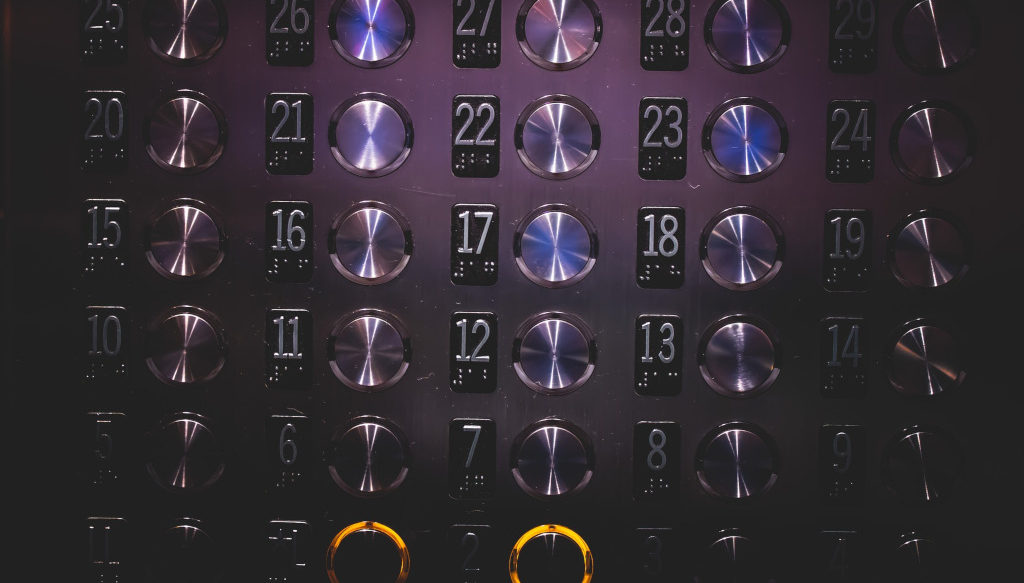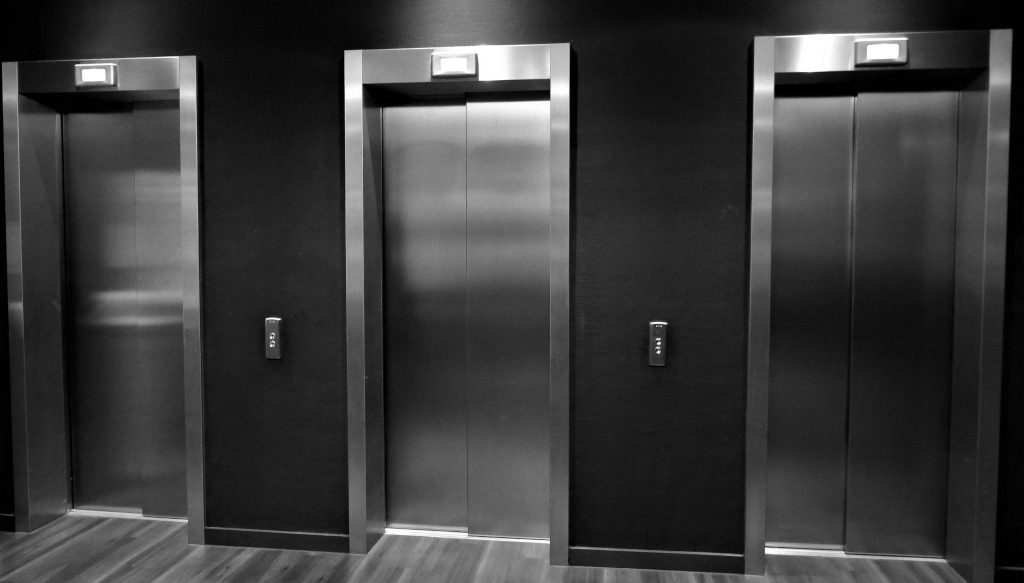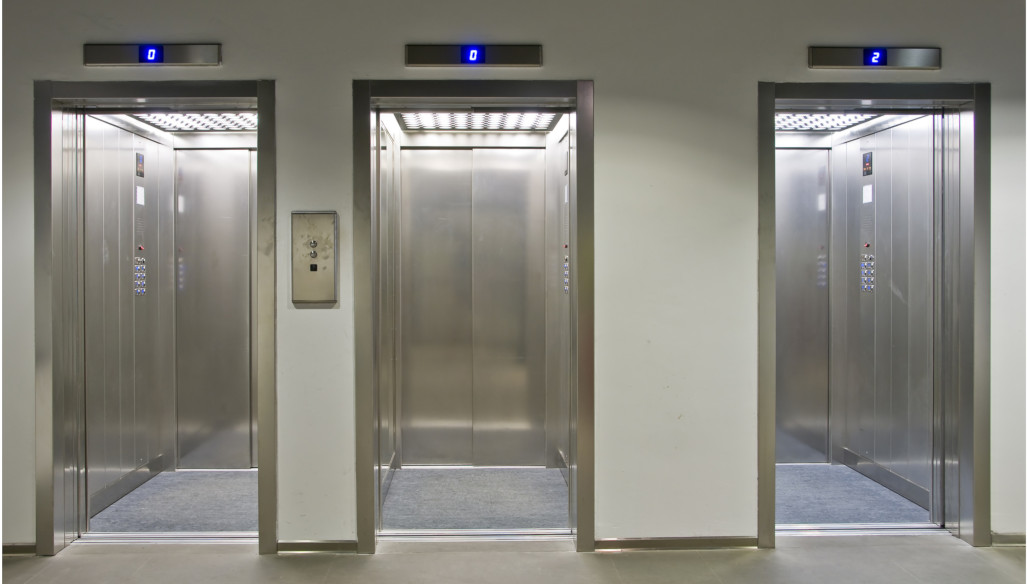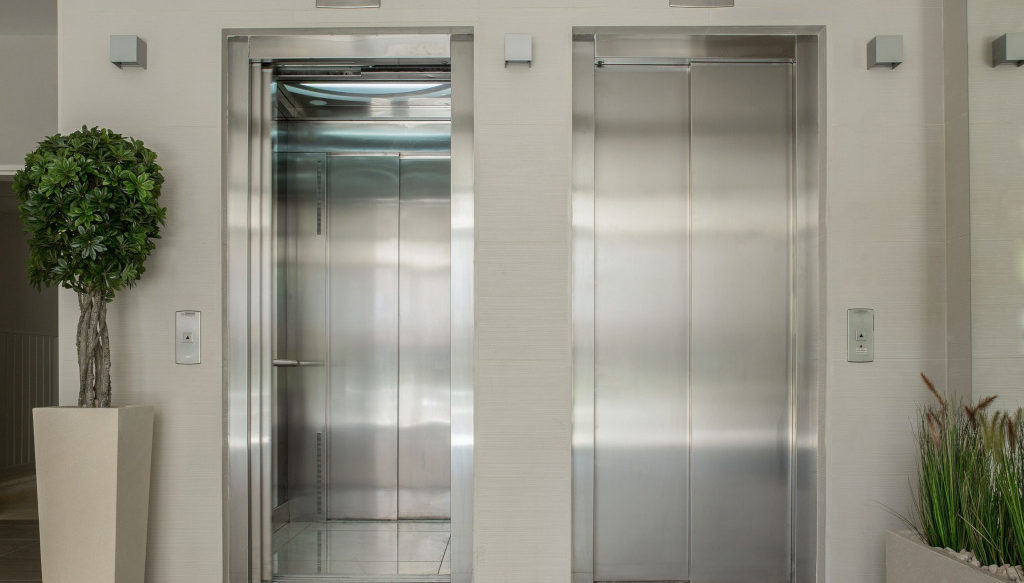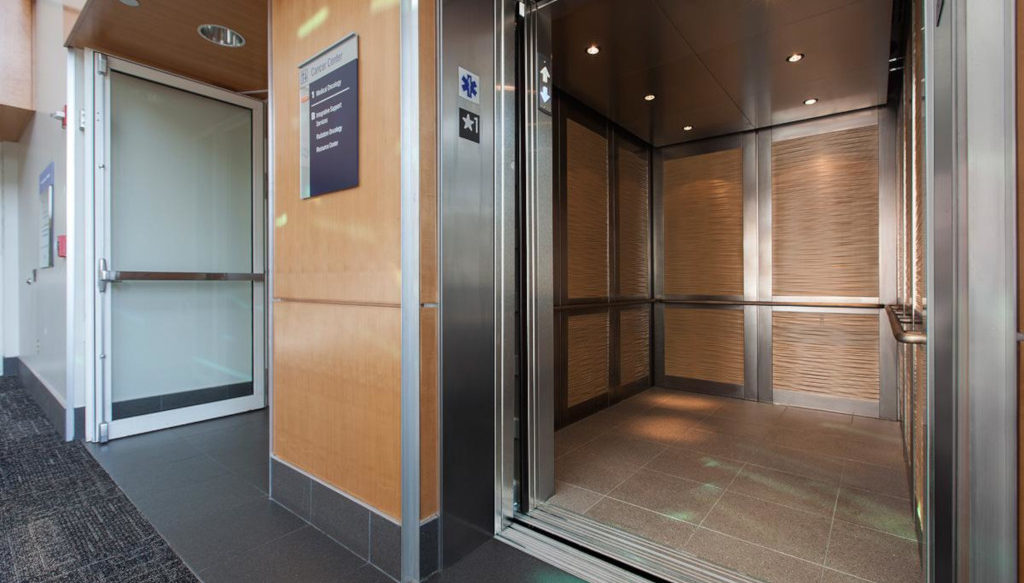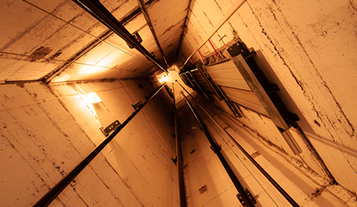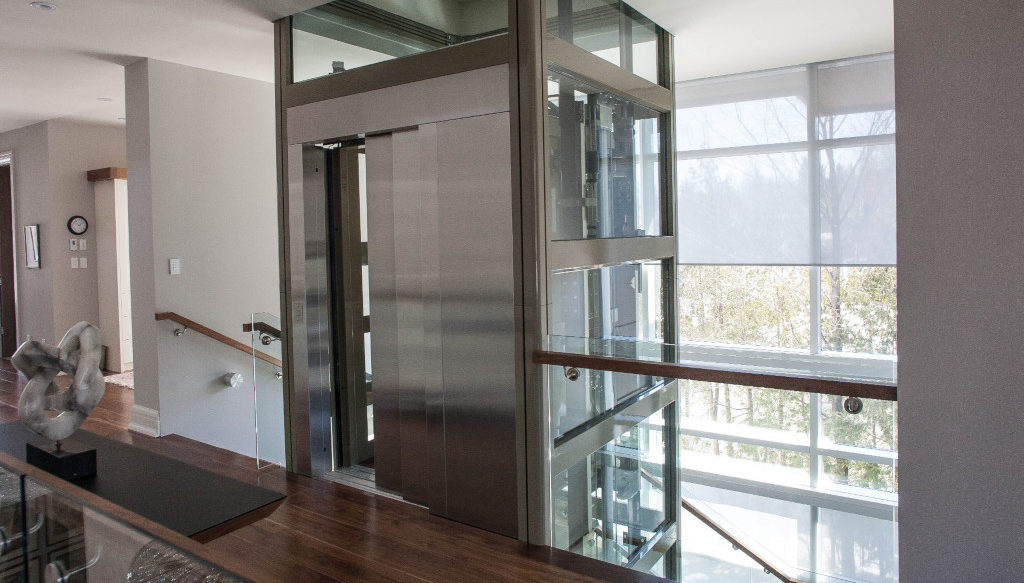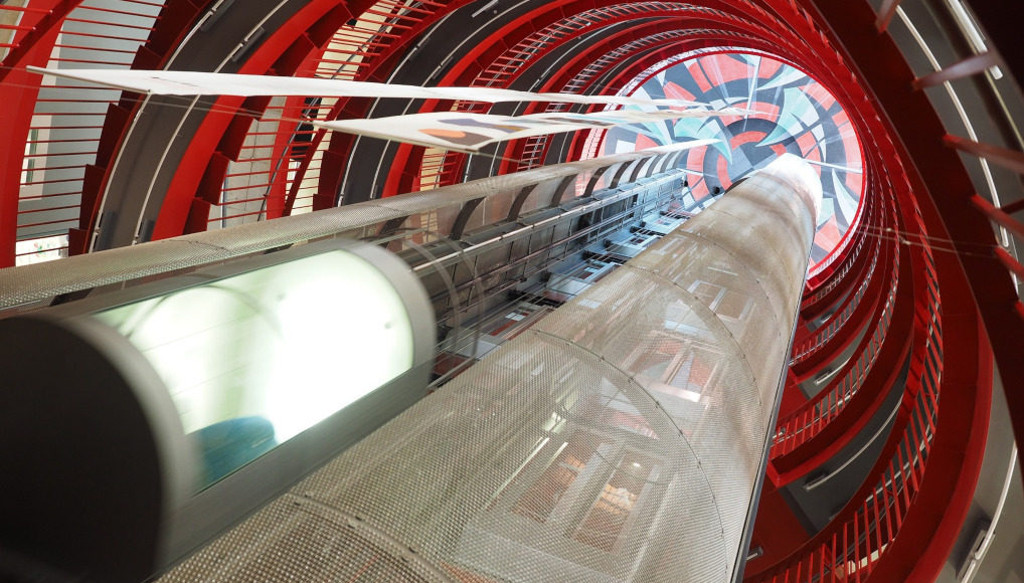1.Conformity based on full quality assurance plus design examination for lifts is the conformity assessment procedure whereby a notified body assesses the quality system of an installer and, where appropriate, the design of the lifts, to ensure that the lifts satisfy the applicable essential health and safety requirements set out in Annex I.
2.Obligations of the installer
The installer shall operate an approved quality system for the design, manufacture, assembly, installation, final inspection and testing of the lifts as specified in point 3, and shall be subject to surveillance as specified in point 4. The adequacy of the technical design of the lifts shall have been examined in accordance with point 3.3.
3.Quality system
3.1. The installer shall lodge an application for assessment of his quality system with a single notified body of his choice.
The application shall include:
(a) the name and address of the installer, and, if the application is lodged by the authorised representative, his name and address as well;
(b) all relevant information on the lifts to be installed, in particular information which makes for an understanding of the relationship between the design and operation of the lift;
(c) the documentation on the quality system;
(d) the technical documentation described in point 3 of Annex IV, Part B;
(e) a written declaration that the same application has not been lodged with any other notified body.
3.2. The quality system shall ensure compliance of the lifts with the applicable essential health and safety requirements set out in Annex I. All the elements, requirements and provisions adopted by the installer shall be documented in a systematic and orderly manner in the form of written policies, procedures and instructions. This quality system documentation shall permit a consistent interpretation of the quality programmes, plans, manuals and quality records.
It shall contain in particular an adequate description of:
(a) the quality objectives and the organisational structure, responsibilities and powers of the management with regard to design and product quality;
(b) the technical design specifications, including standards that will be applied and, where the relevant harmonised standards will not be applied in full, the means, including other relevant technical specifications that will be used to ensure that the applicable essential health and safety requirements set out in Annex I will be met;
(c) the design control and design verification techniques, processes and systematic actions that will be used when designing the lifts;
(d) the examinations and tests that will be carried out on acceptance of the supplies of materials, components and sub-assemblies;
(e) the corresponding assembly, installation, quality control and quality assurance techniques, processes and systematic actions that will be used;
(f) the examinations and tests that will be carried out before (inspection of installation conditions: shaft, housing of machinery, etc.), during and after installation (including at least the tests laid down in point 3.3 of Annex V);
(g) the quality records, such as inspection reports and test data, calibration data, reports on the qualifications of the personnel concerned;
(h) the means of monitoring the achievement of the required design and product quality and the effective operation of the quality system.
3.3. Design examination
3.3.1. When the design is not entirely in accordance with harmonised standards, the notified body shall ascertain whether the design conforms to the essential health and safety requirements set out in Annex I and, if it does, issue an EU design examination certificate to the installer, stating the limits of the certificate’s validity and giving the details required for identification of the approved design.
3.3.2. Where the design does not satisfy the applicable essential health and safety requirements set out in Annex I, the notified body shall refuse to issue an EU design examination certificate and shall inform the installer accordingly, giving detailed reasons for its refusal.
The notified body shall keep itself apprised of any changes in the generally acknowledged state of the art which indicate that the approved design may no longer comply with the essential health and safety requirements set out in Annex I, and shall determine whether such changes require further investigation. If so, the notified body shall inform the installer accordingly.
3.3.3. The installer shall keep the notified body that has issued the EU design examination certificate informed of any modification to the approved design that may affect the conformity with the essential health and safety requirements set out in Annex I or the conditions for validity of the certificate. Such modifications shall require additional approval — from the notified body that issued the EU design examination certificate — in the form of an addition to the original EU design examination certificate.
3.3.4. Each notified body shall inform its notifying authority of the EU design examination certificates and/or any additions thereto which it has issued or withdrawn, and shall, periodically or upon request, make available to its notifying authority the list of EU design examination certificates and/or any additions thereto refused, suspended or otherwise restricted.
Each notified body shall inform the other notified bodies of the EU design examination certificates and/or any additions thereto which it has refused, withdrawn, suspended or otherwise restricted, and, upon request, of the certificates and/or additions thereto which it has issued.
The Commission, the Member States and the other notified bodies may, on request, obtain a copy of the EU design examination certificates and/or additions thereto. On request, the Commission and the Member States may obtain a copy of the technical documentation and of the results of the examinations carried out by the notified body.
3.3.5. The installer shall keep a copy of the EU design examination certificate, its annexes and additions together with the technical documentation at the disposal of the national authorities for 10 years after the lift has been placed on the market.
3.4. Assessment of the quality system
The notified body shall assess the quality system to determine whether it satisfies the requirements referred to in point 3.2. It shall presume conformity with those requirements in respect of the elements of the quality systems that comply with the corresponding specifications of the relevant harmonised standard.
The auditing team shall have at least one member with experience of assessment in the lift technology concerned and knowledge of the essential health and safety requirements set out in Annex I. The audit shall include an assessment visit to the installer’s premises and a visit to an installation site.
The auditing team shall review the technical documentation referred to in point 3.1(d), to verify the installer’s ability to identify the applicable essential health and safety requirements set out in Annex I and to carry out the necessary examinations with a view to ensuring compliance of the lift with those requirements.
The decision shall be notified to the installer or, where appropriate, to his authorised representative. The notification shall contain the conclusions of the assessment and the reasoned assessment decision.
3.5. The installer shall undertake to fulfil the obligations arising from the quality system as approved and to maintain it so that it remains adequate and efficient.
The installer shall keep the notified body that has approved the quality system informed of any intended change to the system.
The notified body shall assess the modifications proposed and decide whether the modified quality system will continue to satisfy the requirements referred to in point 3.2 or whether a reassessment is necessary.
It shall notify its decision to the installer or, where appropriate, to his authorised representative. The notification shall contain the conclusions of the assessment and the reasoned assessment decision.
The notified body shall affix, or cause to be affixed, its identification number adjacent to the CE marking in accordance with Articles 18 and 19.
4.Surveillance under the responsibility of the notified body
4.1. The purpose of surveillance is to make sure that the installer duly fulfils the obligations arising out of the approved quality system.
4.2. The installer shall, for assessment purposes, allow the notified body access to the design, manufacture, assembly, installation, inspection, testing and storage locations, and shall provide it with all necessary information, in particular:
(a) the quality system documentation;
(b) the quality records provided for in the design part of the quality system, such as results of analyses, calculations, tests;
(c) the quality records provided for in the part of the quality system concerning acceptance of supplies and installation, such as inspection reports and test data, calibration data, reports on the qualifications of the personnel concerned.
4.3. The notified body shall carry out periodic audits to make sure that the installer maintains and applies the quality system and shall provide the installer with an audit report.
4.4. Additionally, the notified body may pay unexpected visits to the premises of the installer or to the installation site of a lift. At the time of such visits, the notified body may, where necessary, carry out tests or have them carried out in order to check the proper functioning of the quality system. It shall provide the installer with a visit report and, if tests have been carried out, with a test report.
5.The installer shall, keep at the disposal of the national authorities for a period ending 10 years after the lift has been placed on the market:
(a) the documentation referred to in point 3.1(c);
(b) the technical documentation referred to in point 3.1(d);
(c) the information relating to the changes referred to in the second paragraph of point 3.5;
(d) the decisions and reports from the notified body which are referred to in the fourth paragraph of point 3.5 and in points 4.3 and 4.4.
6.Each notified body shall inform its notifying authority of full quality system approval decision(s) issued or withdrawn, and shall, periodically or upon request, make available to its notifying authority the list of approval decisions refused, suspended or otherwise restricted.
Each notified body shall inform the other notified bodies of quality system approval decision(s) which it has refused, suspended or withdrawn, and, upon request, of approval decisions which it has issued.
The notified body shall keep a copy of the approval decision issued, its annexes and additions, as well as the technical documentation for 15 years from the date of their issue.
On request, the notified body shall provide the Commission and the Member States with a copy of quality system approval decision(s) issued.
7.CE marking and EU declaration of conformity
7.1. The installer shall affix the CE marking in the car of each lift which satisfies the essential health and safety requirements of this Directive, and, under the responsibility of the notified body referred to in point 3.1, the latter’s identification number adjacent to the CE marking in the car of each lift.
7.2. The installer shall draw up a written EU declaration of conformity for each lift and keep a copy of the EU declaration of conformity at the disposal of the national authorities for 10 years after the placing on the market of the lift. A copy of the EU declaration of conformity shall be made available to the relevant authorities upon request.
8.Authorised representative
The installer’s obligations set out in points 3.1, 3.3.3, 3.3.5, 5 and 7 may be fulfilled by his authorised representative, on his behalf and under his responsibility, provided that they are specified in the mandate.

